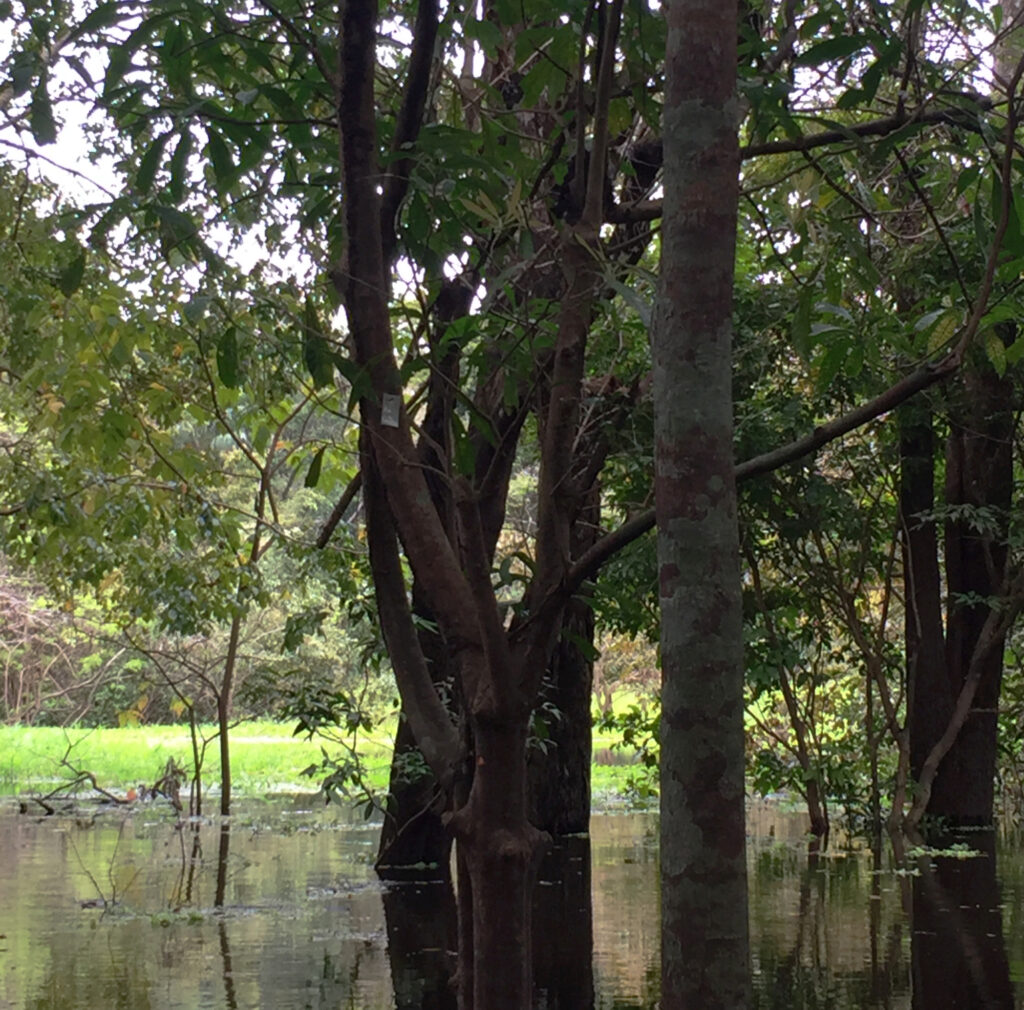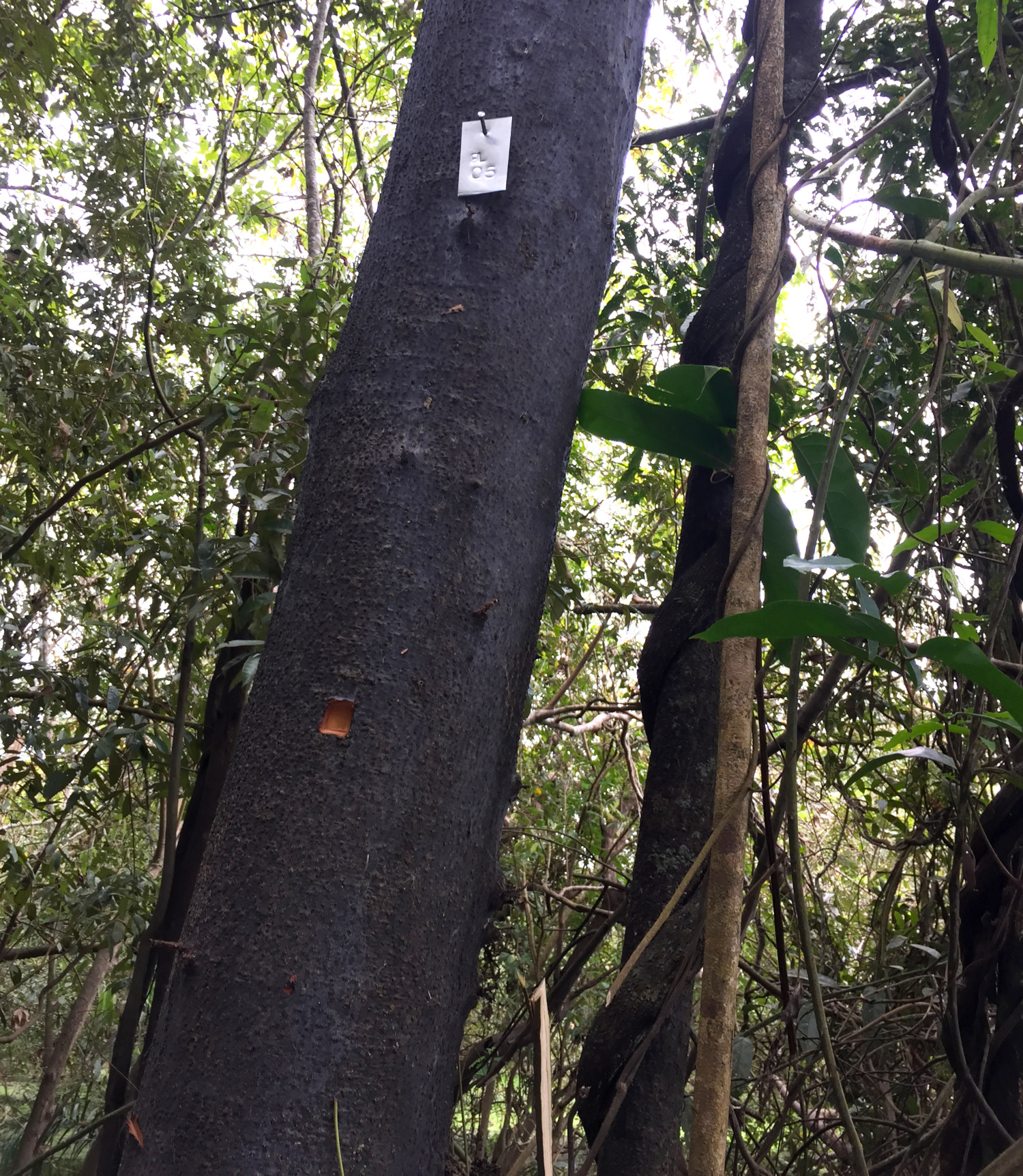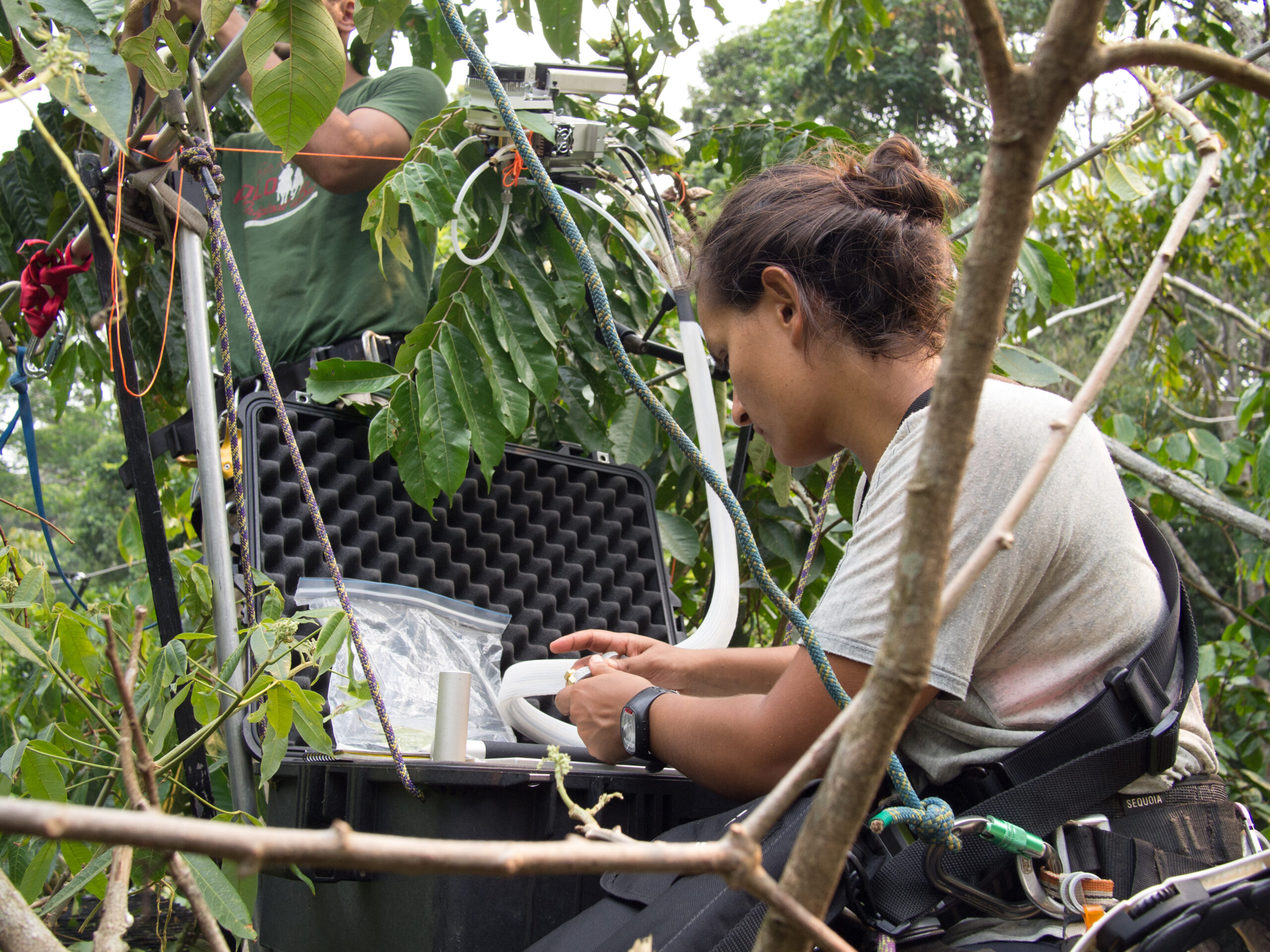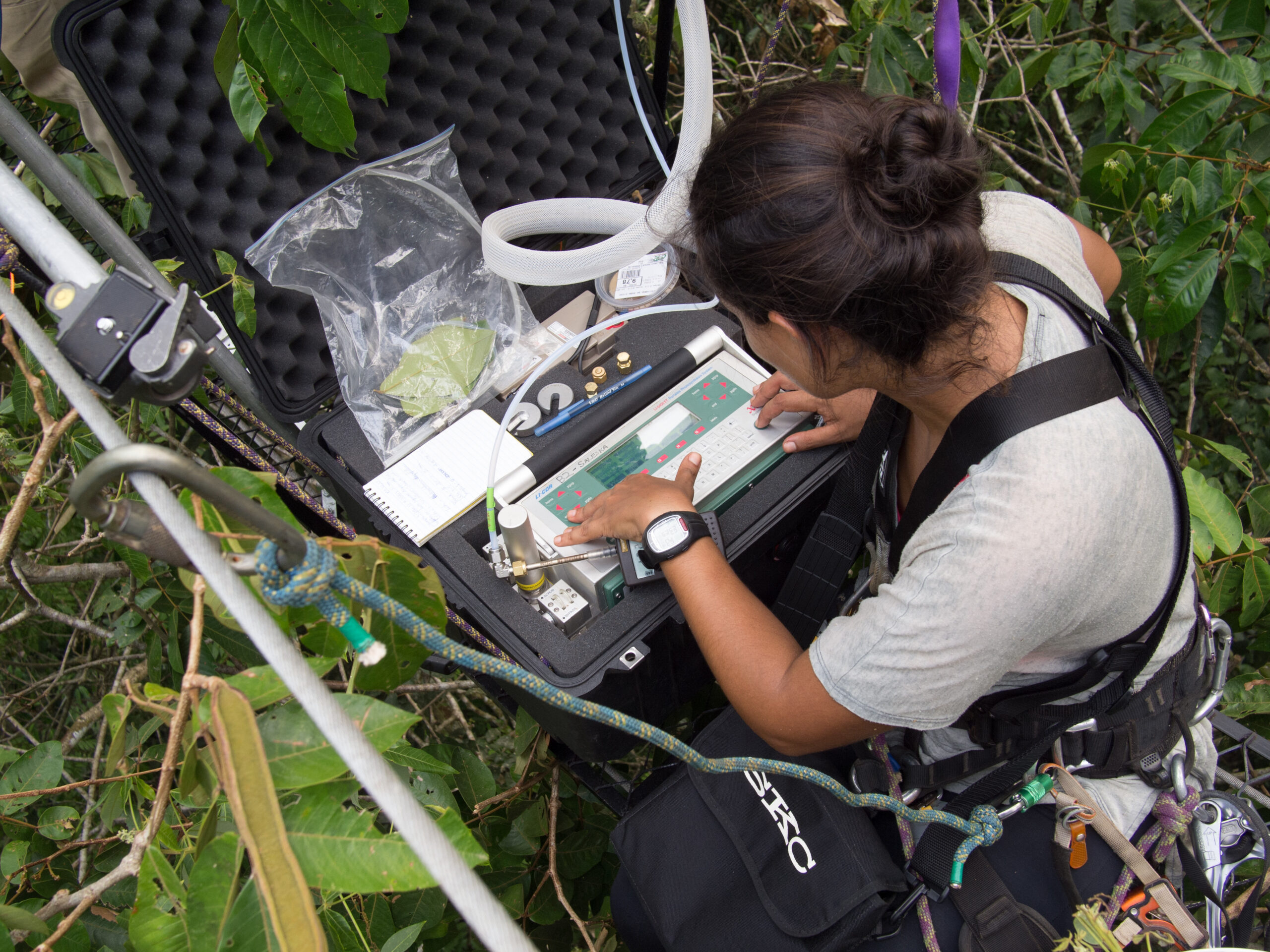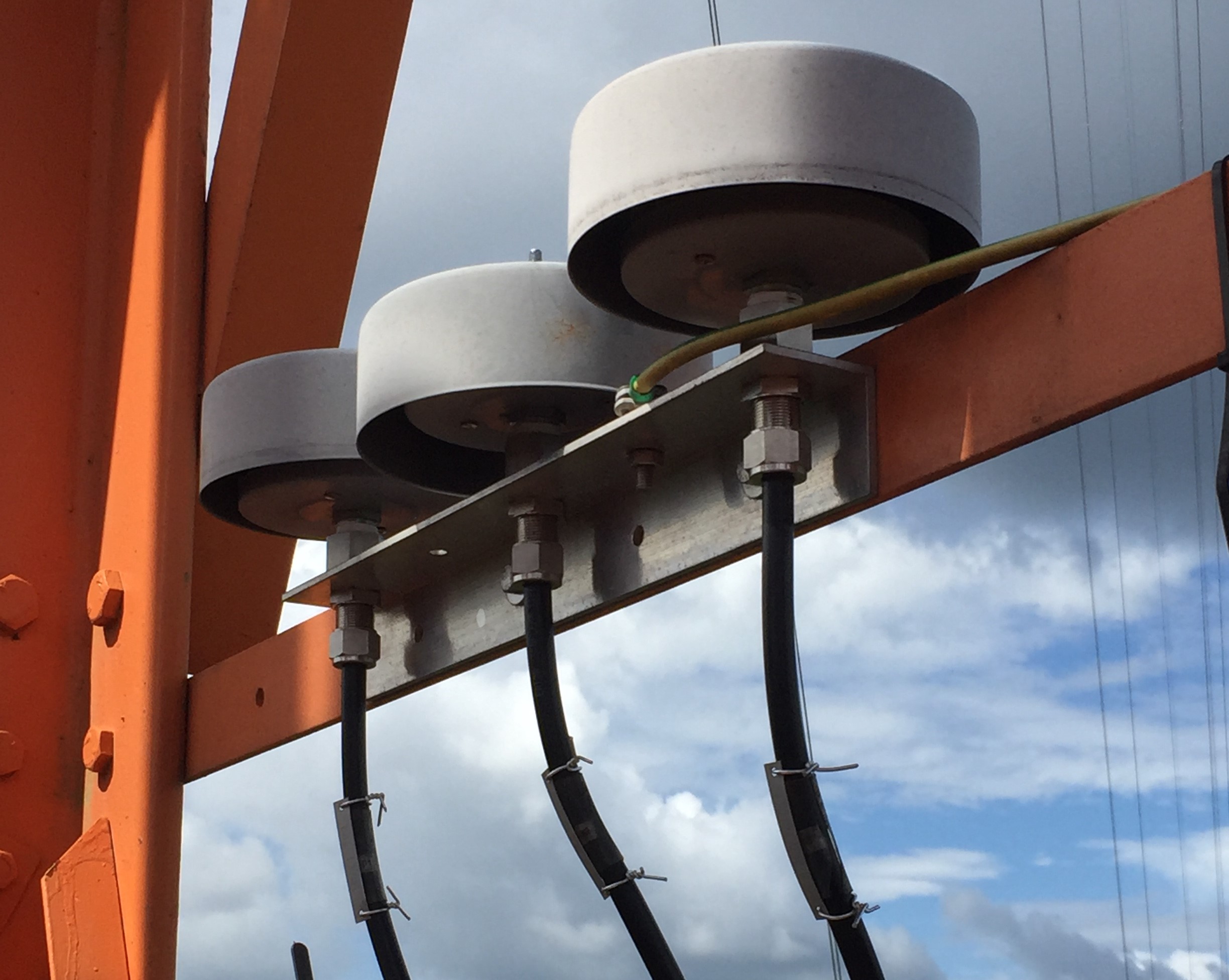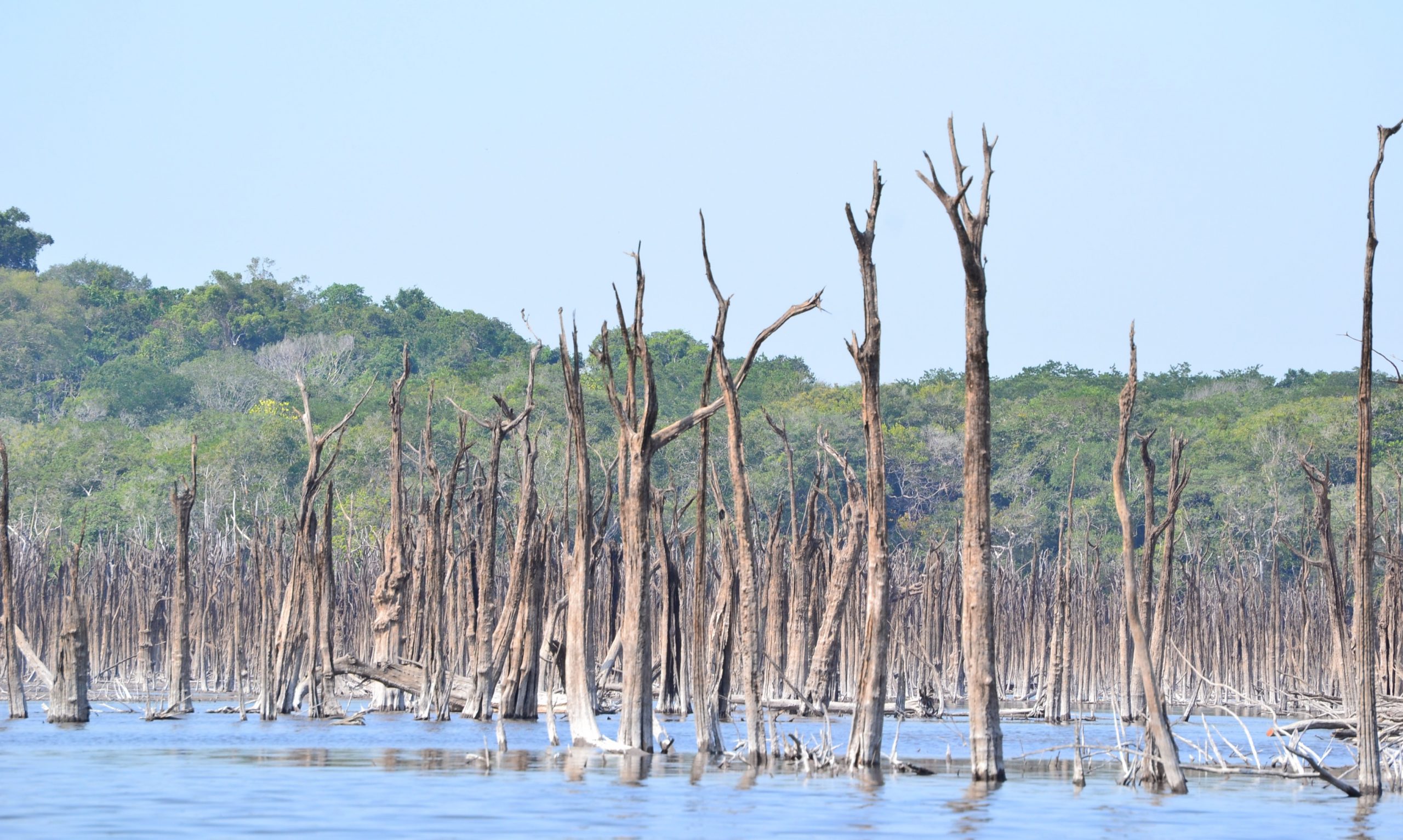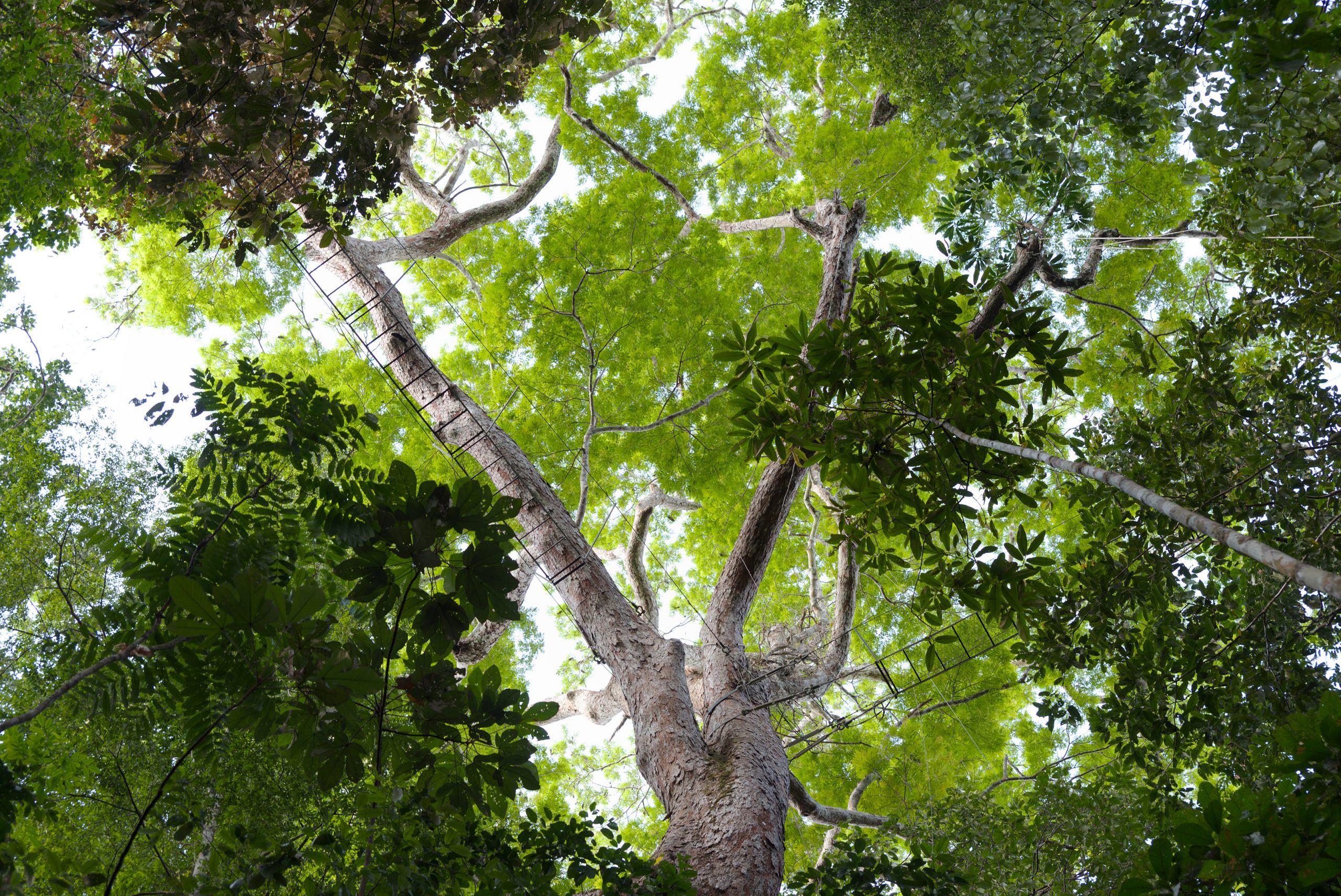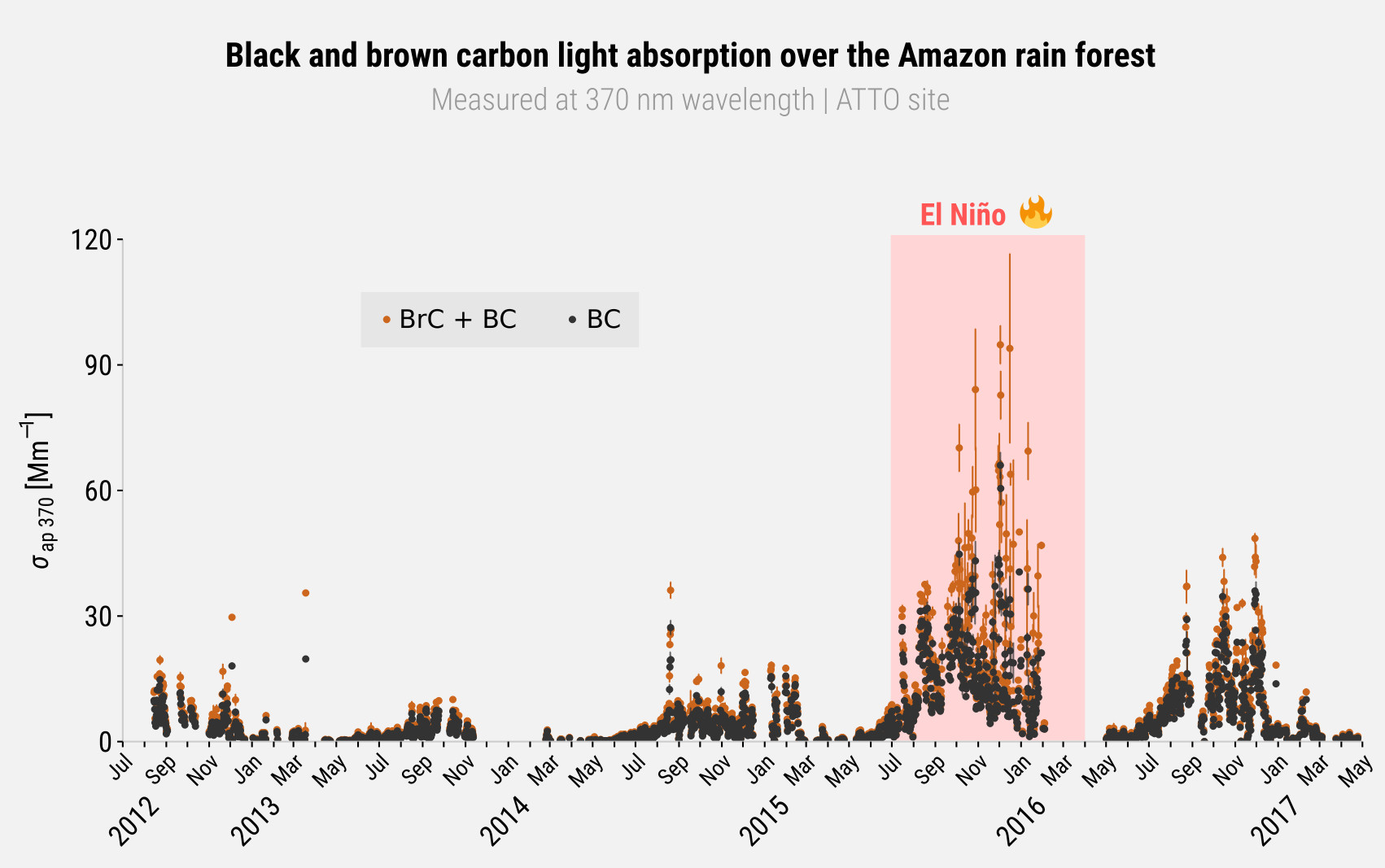Tree growth of Nectandra amazonum (Lauraceae) in the Central Amazonian floodplains does not respond to the annual long-term flooding but to variation of minimum temperature and evapotranspiration.
Amazonian Floodplain forests
The hydrological cycle in the Amazon rainforest is changing. The three main factors contributing to this are land-use change and deforestation, the implementation of hydropower plants, and climate change. Combined, this causes both more severe and frequent droughts in some regions and floods in others. It is no surprise that trees are affected by these changes, and floodplain forests may be especially vulnerable.
But thus far, scientists know very little about the concrete effects of climate and hydrological changes on tree growth. To close this gap, Master student Janaína Quixabeira Gonçalves and her team studied the evergreen and flood-adapted tree species Nectandra amazonum. It is the dominant tree species in the so-called várzea. Várzea is one type of Amazonian floodplain forest that grows on nutrient-rich soils along white-water rivers. (The other is the Igapó forest that grows on nutrient-poor soils along black-water rivers, such as the Uatuma near ATTO.)
Tree growth variability
The scientists thus sampled trees in one such várzea at Catalão Lake close to the city of Manaus. They used a combination of different methods, including tree ring dendrochronology to determine tree growth. In correlation with local climate and hydrological data, they analyzed how tree growth changes in the period from 2001 to 2017. Surprisingly, they found no correlation between growth and the hydrological regime, although previous studies had shown such a relationship. This indicates that the Nectandra amazonum might be more resilient to disturbances of the hydrological cycle than other species.
However, the team did find variations in the tree growth and tree ring wood density, and their results suggest that temperature and evapotranspiration play an important role. Specifically, trees grow more slowly during periods when night-time temperatures, generally the minimum temperatures of the day, are higher. This relationship is even more pronounced during the months when the forest is flooded. During this time, nighttime temperatures in floodplain forests are higher because the water acts as a buffer for the temperature. During those warmer nights, the stem respiration increases, and as a result, growth is reduced.
In conclusion, while Nectandra amazonum seems to be more resilient than other species to changes in the hydrological cycle, it might still be vulnerable to climate change, especially to rising minimum temperatures.
Gonçalves et al. published the study “Minimum temperature and evapotranspiration in Central Amazonian floodplains limit tree growth of Nectandra amazonum (Lauraceae)” in the journal Trees.
Similar articles
Eliane Gomes Alves and her colleagues measured isoprene emissions at the ATTO 80-meter tower across three years to better understand how these emissions vary seasonally and under extreme climatic conditions like El Niño events. They also looked into which biological and environmental factors regulate the emission of isoprene to the atmosphere.
BVOC emissions in the Amazon have been studied for decades, but we still don’t fully understand when and under what conditions tree species or even individual trees emit more or fewer isoprenoids. To address this, Eliane Gomes Alves and her colleagues measured isoprenoid emission capacities of three Amazonian hyperdominant tree species.
High-quality atmospheric CO2 measurements are sparse across the Amazon rainforest. Yet they are important to better understand the variability of sources and sinks of CO2. And indeed, one of the reasons ATTO was built was to obtain long-term measurements in such a critical region. Santiago Botía and his colleagues now published the first 6 years of continuous, high-precision measurements of atmospheric CO2 at ATTO.
Recently we mentioned that drowned trees along the Uatumã River a likely the cause for enhanced methane emissions measured at ATTO. Now Angélica Resende and her co-authors investigated how changes in flooding regimes impact tree mortality in floodplains. They compared two sites in the Amazon basin. Along the Jaú River, the floodplain environment is still largely undisturbed. Along the Uatumã near ATTO, on the other hand, the flooding regime has been altered by the implementation of the Balbina hydroelectric plant further upstream.
In a new study, Nathan Gonçalves and co-authors now wanted to find out if extreme climate events such as droughts influence leaf flushing, and thereby the average leaf age and photosynthetic capacity of the forest, and if is it possible to monitor more subtle changes associated with extreme events (compared to season changes) with satellites?
Pfannerstill et al. compared VOC emissions at ATTO between a normal year and one characterized by a strong El Nino with severe droughts in the Amazon. The did not find large differences, except in the time of day that the plants release the VOCs. They published their results in the journal Frontiers in Forest and Global Change.
Saturno et al. analyzed the concentration of black and brown carbon in the atmosphere above the Amazon. They found that the dry season is characterized by lots of biomass burnings, which produce a lot of black and brown carbon. But they also sound significant interannual variations. The results were published in ACP.


